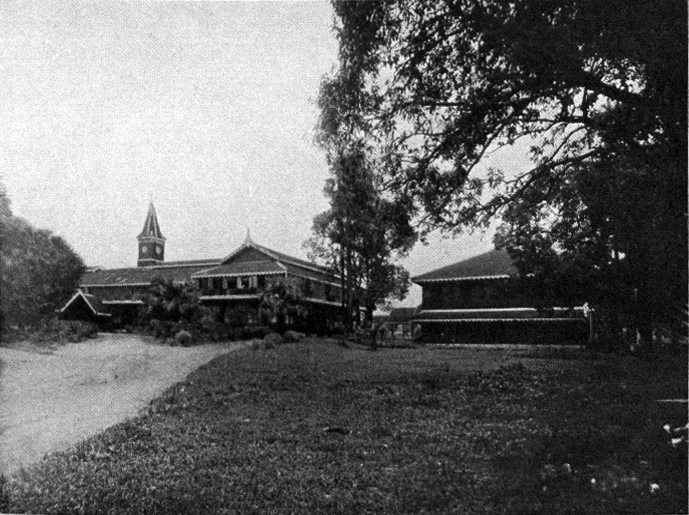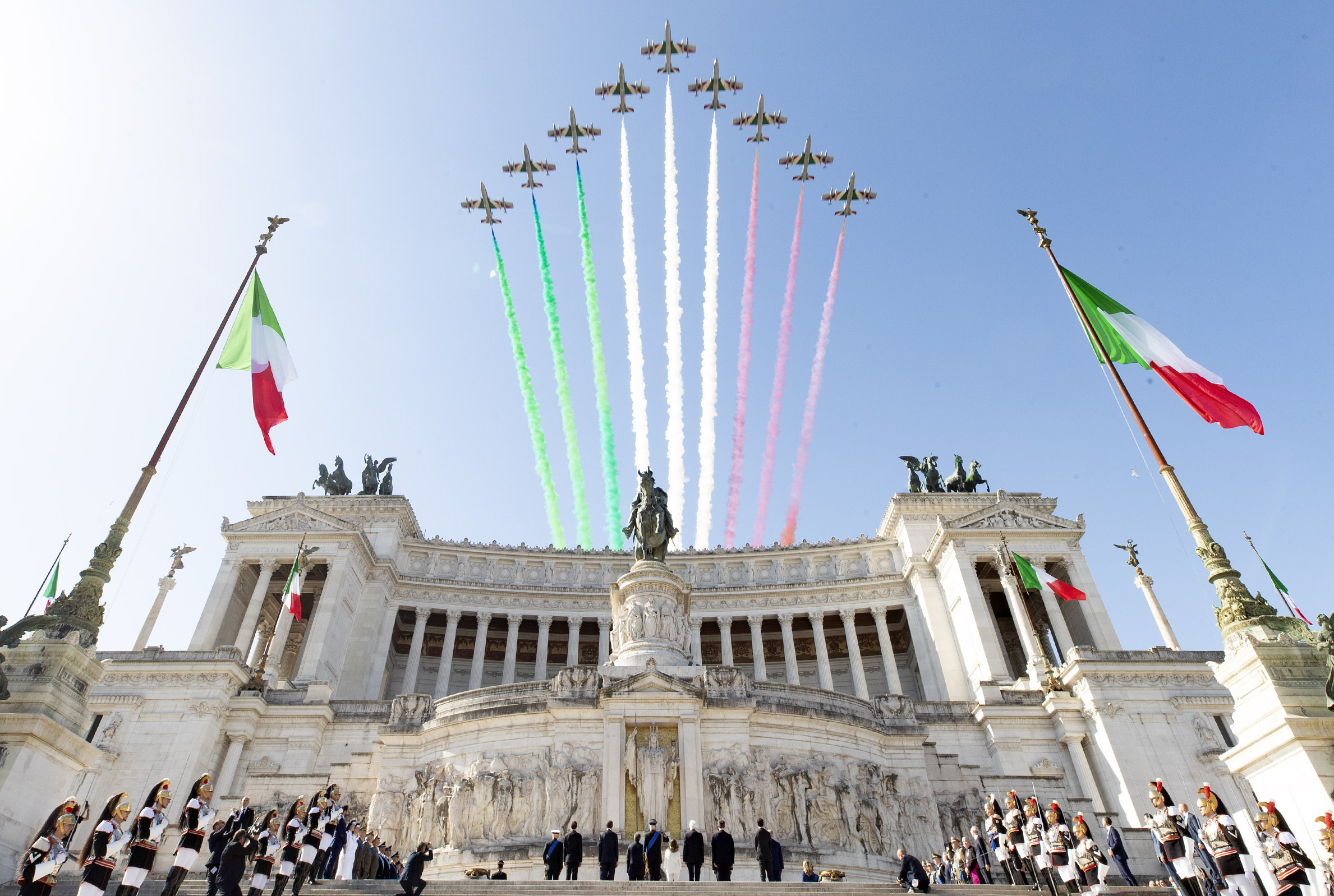|
National Day (Myanmar)
National Day () is a public holiday in Myanmar, marking the anniversary of the first university student strike at Rangoon University in 1920. The date is based on the traditional Burmese calendar, occurring on the 10th day following the full moon of Tazaungmon. In Myanmar, National Day differs from Independence Day, which is marked on 4 January. See also *University of Yangon *British rule in Burma British colonial rule in Burma lasted from 1824 to 1948, from the successive three Anglo-Burmese wars through the creation of ''Burma'' as a province of British India to the establishment of an independently administered colony, and finally i ... References {{Public holidays in Myanmar Culture of Myanmar Public holidays in Myanmar Observances set by the Burmese calendar ... [...More Info...] [...Related Items...] OR: [Wikipedia] [Google] [Baidu] |
Rangoon University
The University of Yangon (also Yangon University; , ; formerly Rangoon College, University of Rangoon and Rangoon Arts and Sciences University), located in Kamayut, Yangon, is the oldest university in Myanmar's modern education system and the best known university in Myanmar. The university offers mainly undergraduate and postgraduate degrees (Bachelor's, Master's, Post-graduate Diploma, and Doctorate) programs in liberal arts, sciences and law. Full-time bachelor's degrees were not offered at the university's main campus after the student protests of 1996. The bachelor's degree was re-offered from 2014 on. Today degrees in Political Science are offered to undergraduate students, as well as postgraduate diplomas in areas such as social work and geology. Initially most major universities in the country depended on Yangon University. Until 1958 when Mandalay University became an independent university, all institutions of higher education in Myanmar were under Yangon University. A ... [...More Info...] [...Related Items...] OR: [Wikipedia] [Google] [Baidu] |
Tazaungmon
Tazaungmon (; also spelt Tazaungmone) is the eighth month of the traditional Burmese calendar. Festivals and observances * Kahtein ( Thadingyut - Tazaungmon) *Full moon of Tazaungmon ** Tazaungdaing Festival of Lights () ***Matho Thingan Robe Weaving Festival (Yangon) **Founding of Taungoo (16 October 1510) **Fire Balloon Festival (Taunggyi, Shan State) ** Intha Day Tazaungmon symbols *Flower: '' Luffa acutangula'' References See also *Burmese calendar The Burmese calendar (, , or , ; Burmese Era (BE) or Myanmar Era (ME)) is a lunisolar calendar in which the months are based on lunar months and years are based on sidereal years. The calendar is largely based on an older version of the Hind ... * Festivals of Burma {{Burmese months Months of the Burmese calendar ... [...More Info...] [...Related Items...] OR: [Wikipedia] [Google] [Baidu] |
Public Holiday
A public holiday, national holiday, federal holiday, statutory holiday, bank holiday or legal holiday is a holiday generally established by law and is usually a non-working day during the year. Types Civic holiday A ''civic holiday'', also known as a ''civil holiday'' or ''work holiday'', is a day that is legally recognized and celebrated as a holiday in a particular sovereign state or jurisdictional subdivision of such, e.g., a state or a province. It is usually a day that the legislature, parliament, congress or Monarch, sovereign has declared by statute, edict or decree as a non-working day when the official arms of government such as the court, court system are closed. In federation, federal states there may also be different holidays for the constituent states or provinces, as in the United States, where holidays that were established by the federal government are called ''federal holidays''. Such days may or may not be counted in calculating the statute of limitation ... [...More Info...] [...Related Items...] OR: [Wikipedia] [Google] [Baidu] |
Myanmar
Myanmar, officially the Republic of the Union of Myanmar; and also referred to as Burma (the official English name until 1989), is a country in northwest Southeast Asia. It is the largest country by area in Mainland Southeast Asia and has a population of about 55 million. It is bordered by India and Bangladesh to its northwest, China to its northeast, Laos and Thailand to its east and southeast, and the Andaman Sea and the Bay of Bengal to its south and southwest. The country's capital city is Naypyidaw, and its largest city is Yangon (formerly Rangoon). Early civilisations in the area included the Tibeto-Burman-speaking Pyu city-states in Upper Myanmar and the Mon kingdoms in Lower Myanmar. In the 9th century, the Bamar people entered the upper Irrawaddy River, Irrawaddy valley, and following the establishment of the Pagan Kingdom in the 1050s, the Burmese language and Culture of Myanmar, culture and Buddhism in Myanmar, Theravada Buddhism slowly became dominant in the co ... [...More Info...] [...Related Items...] OR: [Wikipedia] [Google] [Baidu] |
University Of Yangon
The University of Yangon (also Yangon University; , ; formerly Rangoon College, University of Rangoon and Rangoon Arts and Sciences University), located in Kamayut, Yangon, is the oldest university in Myanmar's modern education system and the best known university in Myanmar. The university offers mainly undergraduate and postgraduate degrees (Bachelor's, Master's, Post-graduate Diploma, and Doctorate) programs in liberal arts, sciences and law. Full-time bachelor's degrees were not offered at the university's main campus after the student protests of 1996. The bachelor's degree was re-offered from 2014 on. Today degrees in Political Science are offered to undergraduate students, as well as postgraduate diplomas in areas such as social work and geology. Initially most major universities in the country depended on Yangon University. Until 1958 when Mandalay University became an independent university, all institutions of higher education in Myanmar were under Yangon University. A ... [...More Info...] [...Related Items...] OR: [Wikipedia] [Google] [Baidu] |
Burmese Calendar
The Burmese calendar (, , or , ; Burmese Era (BE) or Myanmar Era (ME)) is a lunisolar calendar in which the months are based on lunar months and years are based on sidereal years. The calendar is largely based on an older version of the Hindu calendar, though unlike the Indian systems, it employs a version of the Metonic cycle. The calendar therefore has to reconcile the sidereal years of the Hindu calendar with the Metonic cycle's near tropical years by adding intercalary months and days at ''irregular'' intervals. The calendar has been used continuously in various Burmese states since its purported launch in 640 CE in the Sri Ksetra Kingdom, also called the ''Pyu era''. It was also used as the official calendar in other mainland Southeast Asian kingdoms of Arakan, Lan Na, Xishuangbanna, Lan Xang, Siam, and Cambodia down to the late 19th century. Today, the calendar is used in Myanmar as one of the two official calendars alongside the Gregorian calendar. It is s ... [...More Info...] [...Related Items...] OR: [Wikipedia] [Google] [Baidu] |
Independence Day (Myanmar)
Independence Day () is a national holiday observed annually in Myanmar every 4 January. The date celebrates Myanmar's Declaration of Independence from British rule on 4 January 1948. Origin In the 19th century, following three Anglo-Burmese Wars, Burma was colonized by Britain. On 1 April 1937, Burma became a separately administered colony of Great Britain and Ba Maw became the first Prime Minister and Premier of Burma. Ba Maw was an outspoken advocate for Burmese self-rule and he opposed the participation of Great Britain, and by extension Burma, in World War II. He resigned from the Legislative Assembly and was arrested for sedition. In 1940, before Japan formally entered the Second World War, Aung San formed the Burma Independence Army in Japan. A major battleground, Burma was devastated during the Second World War. By March 1942, within months after they entered the war, Japanese troops had advanced on Rangoon and the British administration had collapsed. A Burmese Ex ... [...More Info...] [...Related Items...] OR: [Wikipedia] [Google] [Baidu] |
British Rule In Burma
British colonial rule in Burma lasted from 1824 to 1948, from the successive three Anglo-Burmese wars through the creation of ''Burma'' as a province of British India to the establishment of an independently administered colony, and finally independence. The region under British control was known as British Burma, and officially known as Burma () from 1886. Some portions of Burmese territories, including Arakan and Tenasserim, were annexed by the British after their victory in the First Anglo-Burmese War; Lower Burma was annexed in 1852 after the Second Anglo-Burmese War. These territories were designated as a chief commissioner's province known as British Burma in 1862. After the Third Anglo-Burmese War in 1885, Upper Burma was annexed, and the following year, the province of ''Burma'' in British India was created, becoming a ''major'' province (a lieutenant-governorship) in 1897. This arrangement lasted until 1937, when Burma was separated from British India and ma ... [...More Info...] [...Related Items...] OR: [Wikipedia] [Google] [Baidu] |
Culture Of Myanmar
The culture of Myanmar (Burma) ( ) has been heavily influenced by Buddhism. Owing to its history, Burmese culture has significant influence over neighboring countries such as Laos, Siam, Assam in India, and Xishuangbanna regions in China. It has also been influenced in various ways by its neighbours. Since the fall of the Konbaung dynasty to the British in the Third Anglo-Burmese War, British colonial rule and westernisation have altered various aspects of Myanmar culture. Today, Myanmar's culture is characterized by the rich diversity of its ethnic groups, each contributing to a unique cultural identity, combined with its potent body of national characters that came into development over the millenniums of monarchical history. Fine and applied arts Historically, Myanmar art was based on Buddhist themes, mostly had patronage by the royalty. Through different eras, it evolved over different styles and uses. There are also several regional styles of Buddha images, each wi ... [...More Info...] [...Related Items...] OR: [Wikipedia] [Google] [Baidu] |
Public Holidays In Myanmar
16 distinct public holidays are observed in Myanmar. Public holidays References External links * 2016 Myanmar public holidays, 2016 Public Holidays in Myanmar {{DEFAULTSORT:Public Holidays In Myanmar Lists of public holidays by country, Myanmar Culture of Myanmar Observances set by the Burmese calendar Lists of events in Myanmar, Holidays Public holidays in Myanmar ... [...More Info...] [...Related Items...] OR: [Wikipedia] [Google] [Baidu] |


